Why Outdoor Drainage Design Is Very Important
Outdoor drainage design is a critical aspect of urban planning and construction that often goes unnoticed until problems arise. Without effective systems in place, stormwater can accumulate and cause issues such as flooding, soil erosion, foundation damage, and even contamination of local water supplies. Properly engineered drainage solutions, such as retention basins, French drains, and permeable surfaces, help manage runoff efficiently while protecting both natural and built environments. This article delves into the significance of proper outdoor drainage design, its impact on infrastructure, environment, and personal property, and why it is paramount for sustainable development and disaster prevention.
Prevents Property Damage
Outdoor drainage design plays a critical role in protecting infrastructure by ensuring water is properly managed and directed away from roads, bridges, and buildings. Without it, uncontrolled water accumulation can cause structural failures, soil erosion, and costly repairs that compromise both safety and stability. Beyond functionality, effective drainage also preserves the aesthetic appeal of urban and residential spaces, preventing unsightly puddles and muddy areas that lower property value. By integrating durable and efficient drainage solutions into planning, both infrastructure longevity and landscape beauty are safeguarded. Ultimately, prioritizing outdoor drainage design is not only a preventive measure but also a cost-effective strategy that supports the stability and appeal of built and natural environments.
Water accumulation near building foundations creates serious risks to both structural stability and property value. When water pools around the base of a structure, it can seep into the foundation, weakening the material and leading to cracks or even collapse in severe cases. This excess moisture also encourages mold and mildew growth, which can infiltrate interiors and cause respiratory issues and other health concerns for occupants.
Soil erosion and landscape damage are often overlooked consequences of poor water management, yet they pose serious risks to both natural and urban spaces. Without proper systems in place, uncontrolled runoff quickly erodes topsoil, destabilizes the ground, and harms plant life, while also diminishing the beauty and usability of recreational areas. Effective drainage design plays a vital role in controlling water flow, reducing erosion, and protecting both ecological balance and visual appeal.
Enhances Public Safety
Roadway flooding presents serious dangers, often leading to accidents, traffic delays, and hazardous driving conditions during heavy rain. Without proper systems in place, water accumulates quickly, causing issues such as hydroplaning, reduced visibility, and loss of vehicle control. Outdoor drainage design is essential for channeling water away from road surfaces through features like storm drains, gutters, and retention ponds, all of which ensure safer and more efficient travel. Strategic planning, regular maintenance, and the use of sloped surfaces further enhance roadway safety while preventing premature deterioration.
Safe pedestrian walkways are vital for creating accessible, functional, and inviting urban environments, and outdoor drainage design plays a key role in keeping these spaces safe. Without proper systems, water can accumulate on sidewalks, creating slippery surfaces that pose hazards to pedestrians of all ages and abilities. Solutions such as sloped walkways, permeable paving, and strategically placed drains effectively channel water away, ensuring walkways remain dry and usable. By integrating thoughtful drainage into pedestrian infrastructure, cities not only improve safety but also encourage community activity, enhance property values, and support local businesses through increased foot traffic. And with professional landscaping proven to increase home values by up to 20%, according to Extra Storage Space, the economic returns of well-designed walkways are evident.
Inadequate drainage systems can greatly increase the risk of infrastructure collapse by allowing water to accumulate around critical components and weaken their stability. Prolonged exposure to excess moisture can degrade materials like concrete and erode soil beneath supports, compromising the strength of bridges, buildings, and other vital structures. To prevent such failures, effective drainage is essential in protecting foundations and maintaining long-term structural integrity. Routine inspections, timely maintenance, and system upgrades further reduce risks while extending the lifespan of infrastructure. With advances in modern drainage design and smart monitoring technologies, municipalities can better safeguard public safety and ensure reliable infrastructure performance.
Provides an Environmental Impact
Effective stormwater management is vital for both urban and natural ecosystems, and drainage design plays a central role in achieving this balance. Without proper systems in place, stormwater runoff can cause flash flooding, erosion, and pollution, overwhelming communities and harming the environment. Well-planned drainage solutions such as retention basins, green roofs, and bio-retention cells help capture, filter, and redirect runoff, protecting waterways and improving water quality. By incorporating sustainable drainage systems that mimic natural water flow, cities can enhance resilience to weather extremes and support long-term ecological health.
One of the most important roles of drainage design is preventing water pollution by managing runoff before it reaches rivers, lakes, and oceans. Uncontrolled stormwater often carries pollutants like oil, chemicals, and heavy metals from urban or industrial areas, which can damage aquatic ecosystems, reduce water quality, and pose risks to human health. By integrating filtration methods such as constructed wetlands, buffer zones, and sediment traps, drainage systems can capture contaminants and mimic natural water-cleaning processes. These sustainable strategies not only reduce pollution but also enhance habitats, supporting biodiversity and ecological resilience.
Beyond environmental protection, outdoor drainage design also plays a key role in preserving infrastructure and property value. Poorly managed runoff can undermine roads, weaken building foundations, and accelerate the deterioration of public spaces, leading to costly repairs. Incorporating features like permeable pavements and smart drainage systems reduces these risks by efficiently channeling water away from vulnerable areas. This proactive approach not only extends the lifespan of infrastructure but also minimizes long-term maintenance expenses. In this way, drainage design contributes to safer, more resilient communities while maximizing economic sustainability.
Supports Sustainable Urban Growth
Effective drainage design is not only a tool for preventing damage but also a foundation for sustainable city development. As urban areas expand, impervious surfaces such as roads, sidewalks, and rooftops increase runoff, putting pressure on local water systems. By incorporating green infrastructure solutions—like rain gardens, permeable pavements, and bioswales—cities can effectively manage stormwater while reducing environmental strain. These designs mimic natural water cycles, helping to balance urban growth with ecological responsibility.
Sustainable drainage also enhances the livability of urban areas by blending functionality with aesthetic value. Green drainage features, such as landscaped basins or vegetated swales, double as attractive community spaces that provide shade, greenery, and recreational opportunities. This integration of form and function not only improves water management but also contributes to healthier, more enjoyable neighborhoods. Residents benefit from reduced flood risks and greater access to green spaces, which in turn promote outdoor activity and community engagement.
Furthermore, forward-thinking drainage planning supports economic growth by reducing long-term infrastructure costs and attracting investment. Developers and businesses are more likely to invest in areas that demonstrate resilience to flooding and environmental challenges. At the same time, homeowners value properties located in communities where drainage systems protect landscapes and enhance curb appeal. By prioritizing sustainable outdoor drainage design, municipalities can position themselves as leaders in climate resilience and urban innovation.
Outdoor drainage design is a vital element of urban planning that protects infrastructure, supports public safety, and safeguards the environment. By integrating sustainable and innovative systems, communities can reduce long-term costs while improving resilience against flooding and pollution. Prioritizing effective drainage not only preserves property and ecosystems but also fosters healthier, more sustainable, and economically vibrant cities. If you want to know more about effective drainage solutions, contact A Superior Design Co.

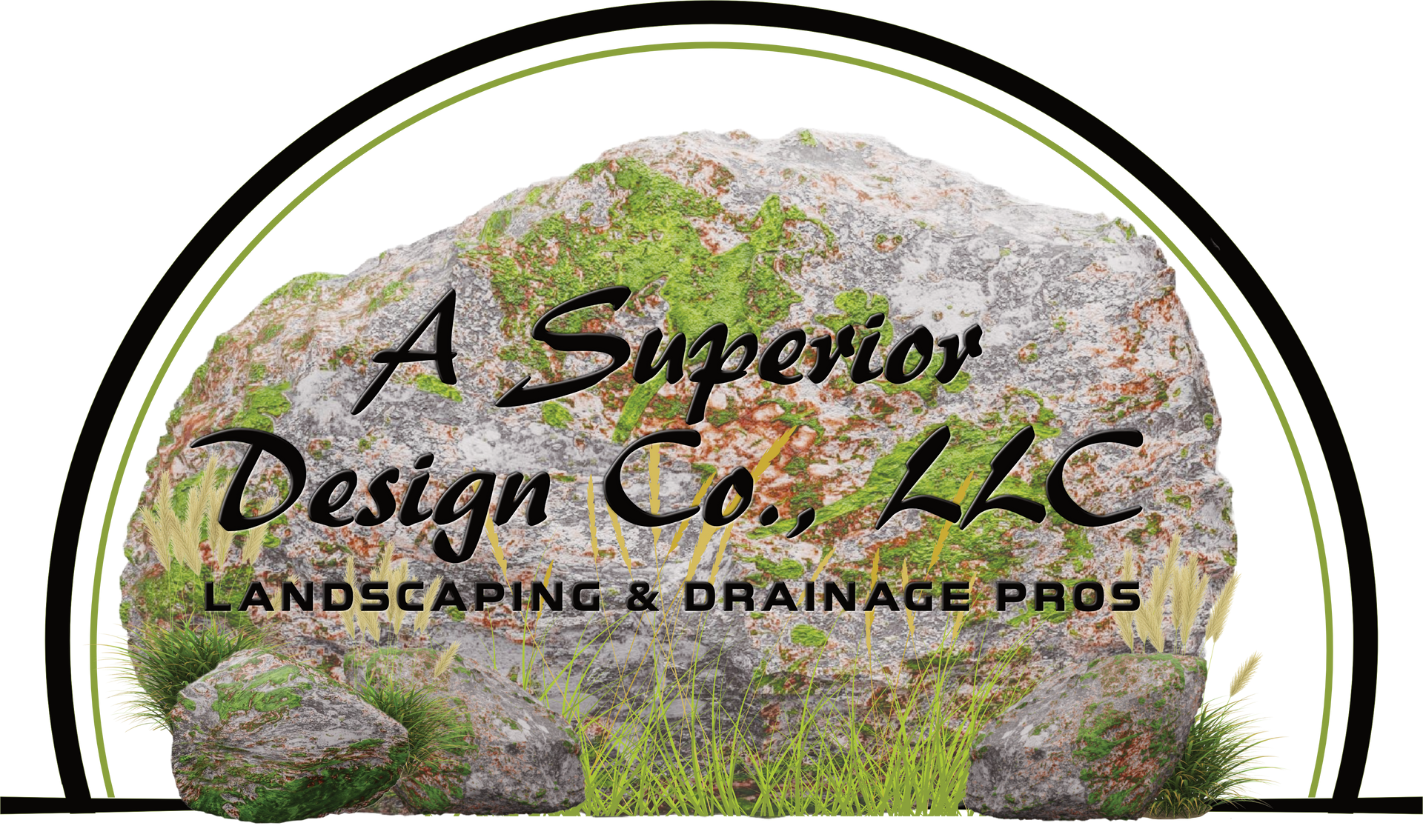
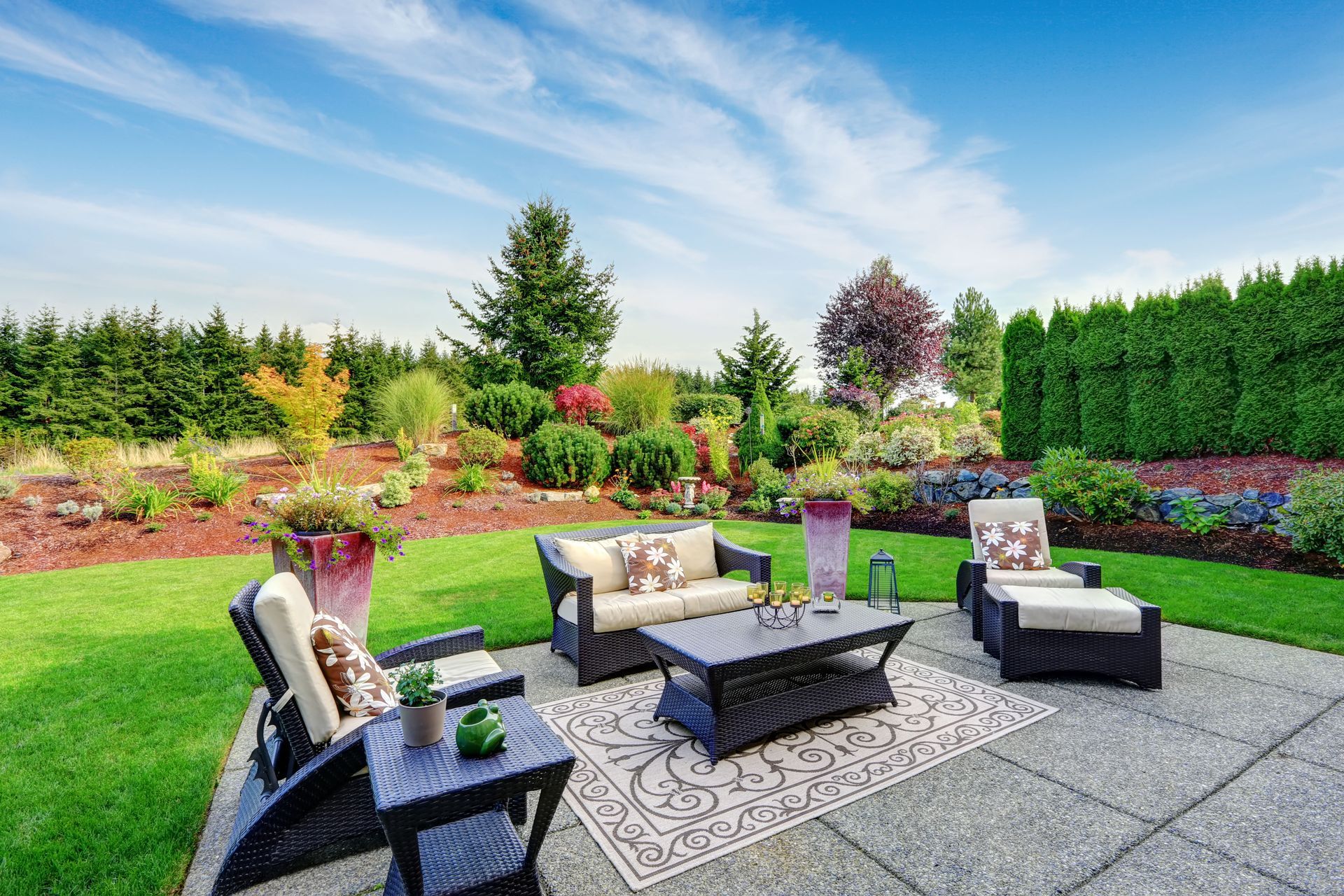

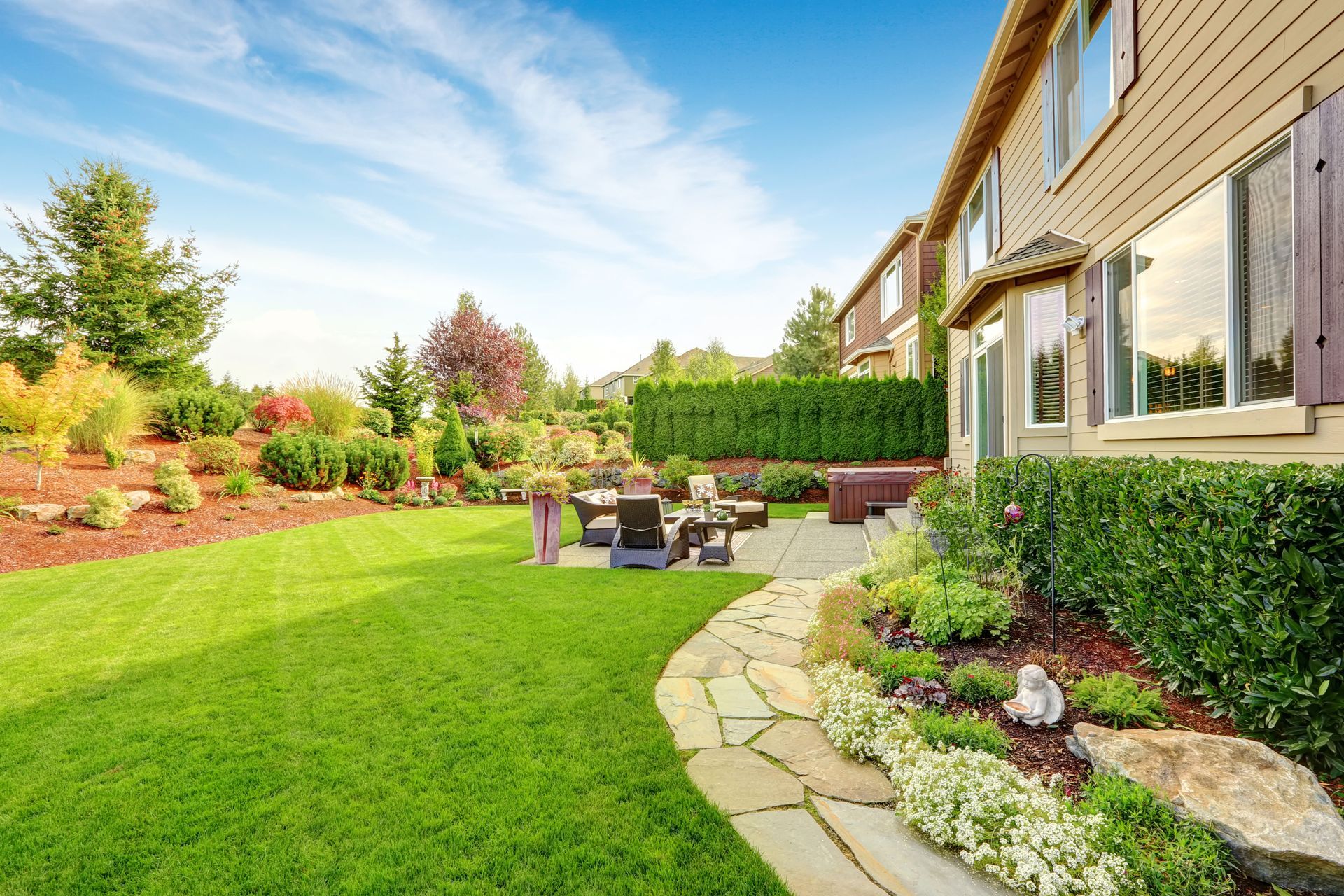
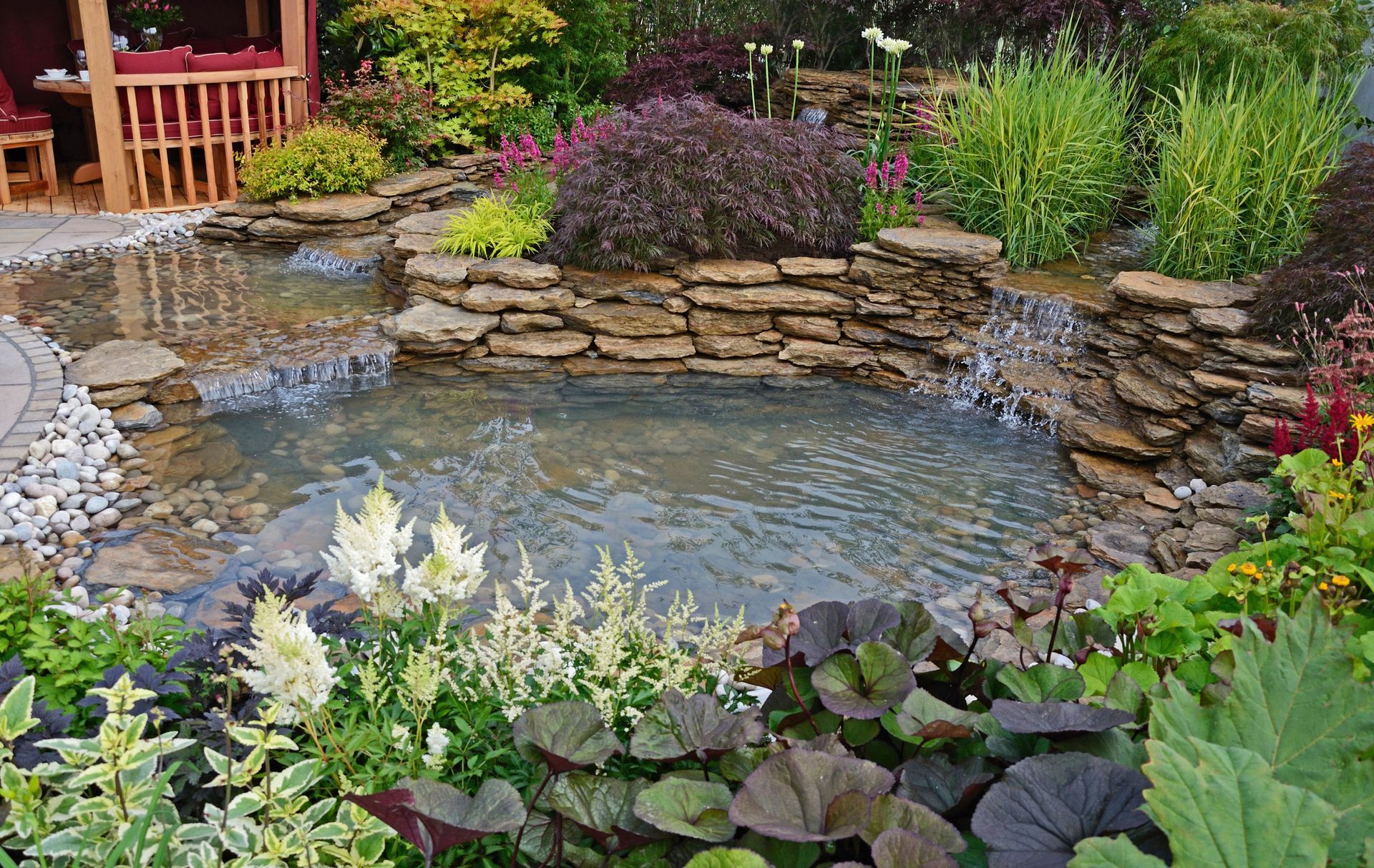
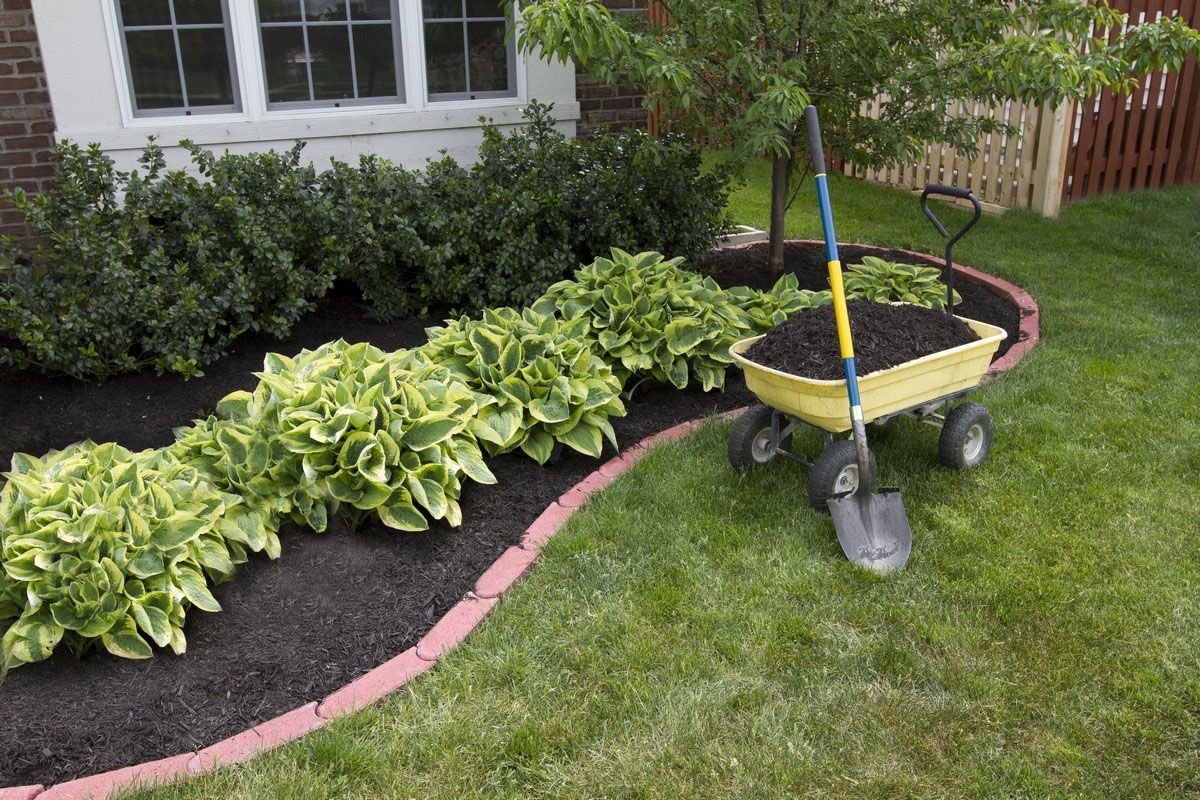
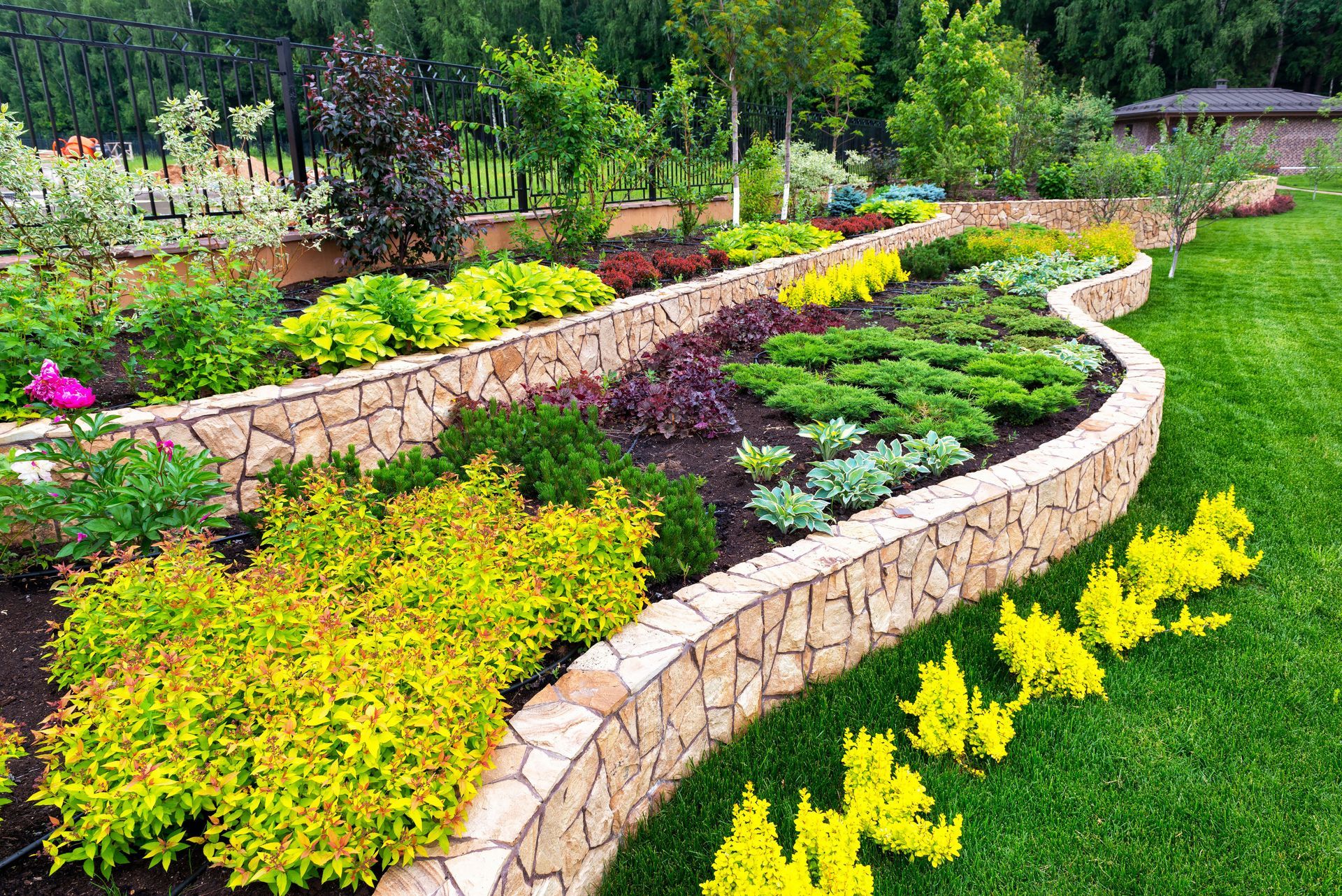
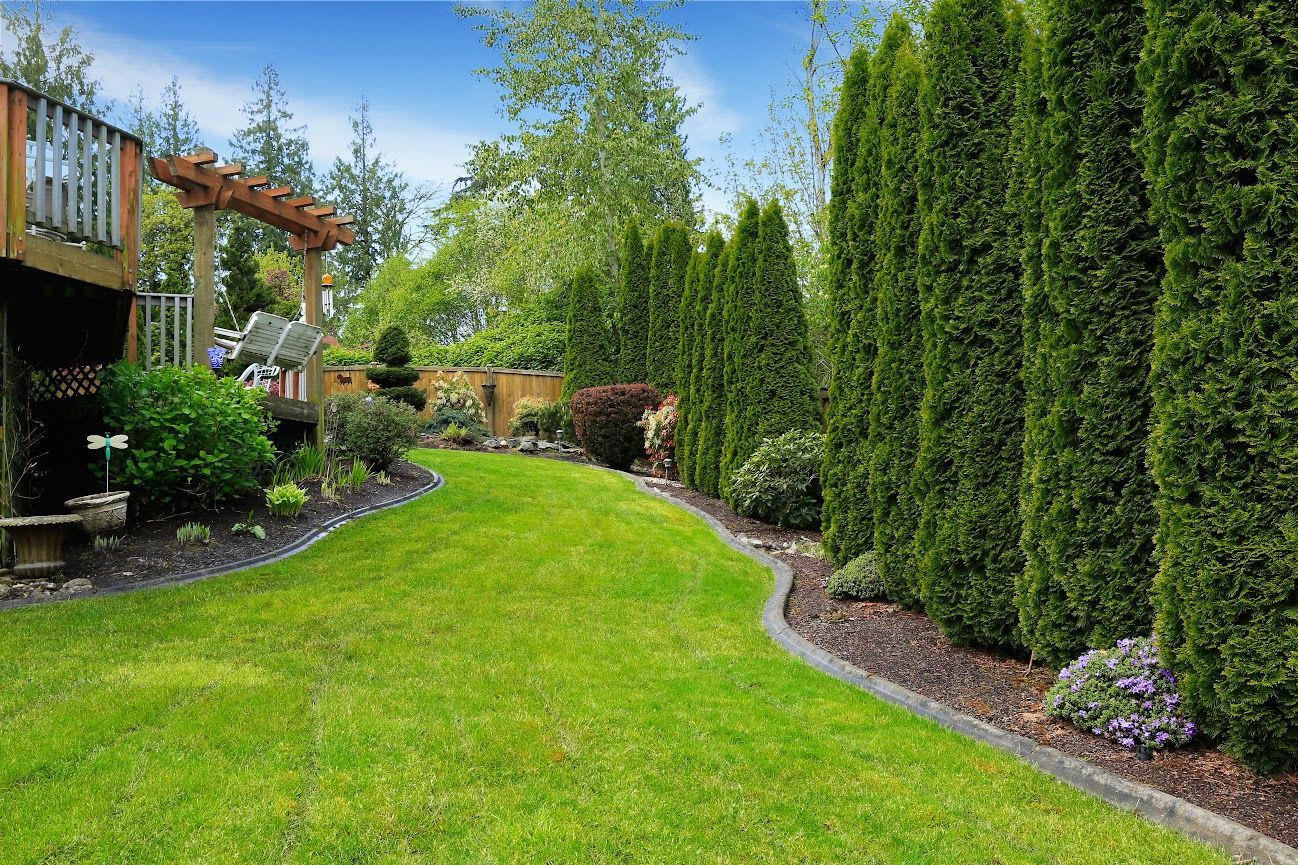
Share On: